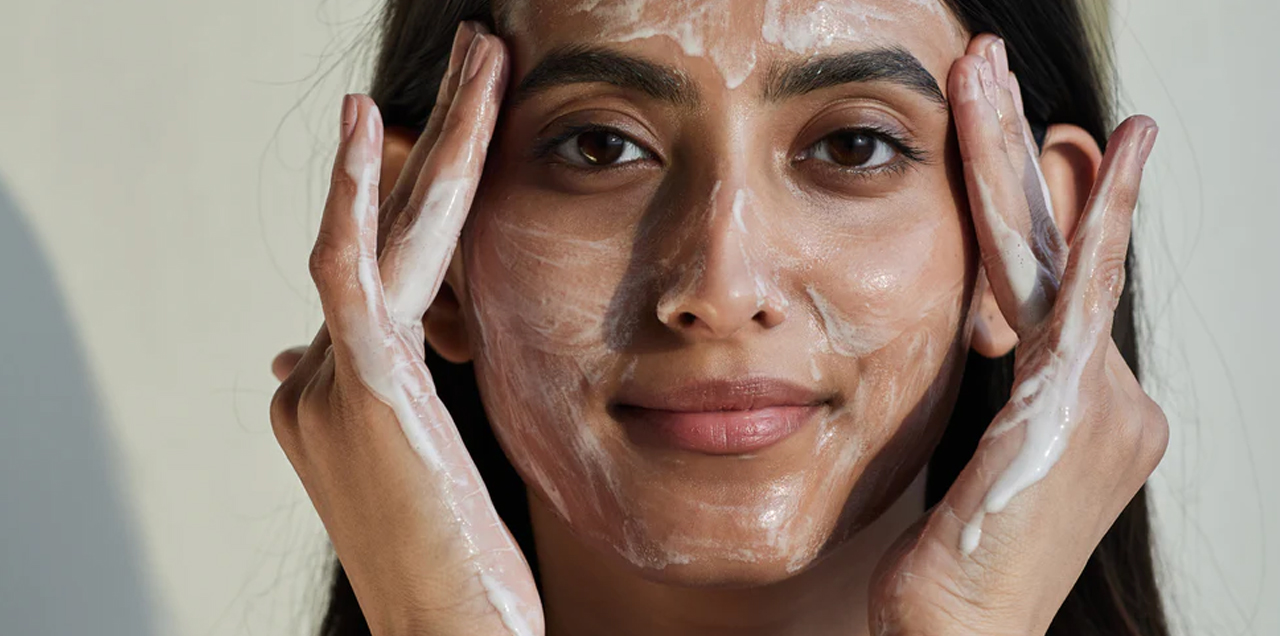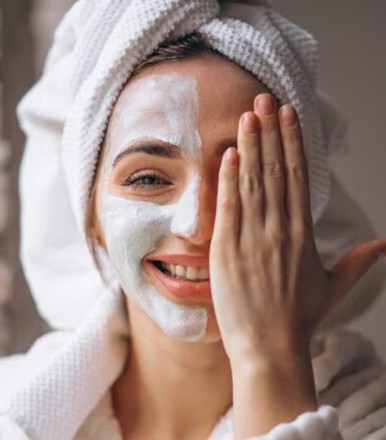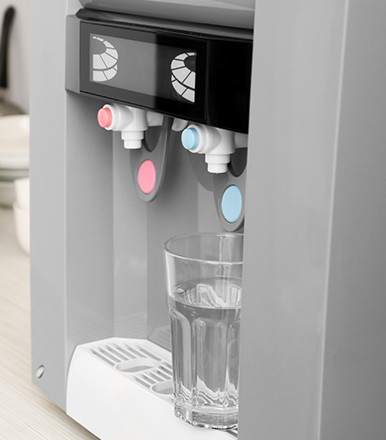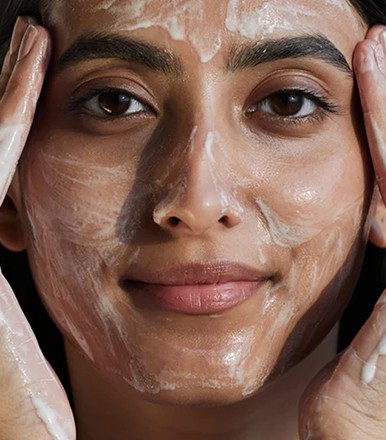Seasonal transitions significantly impact skin health, with summer presenting unique challenges for dermal integrity. Exposure to increased ultraviolet radiation, higher temperatures, humidity fluctuations, and environmental pollutants creates multifaceted stress on the skin barrier. Dermatological research indicates that cellular repair mechanisms function optimally during nocturnal hours, making nighttime skincare protocols particularly valuable for addressing summer-induced damage. This comprehensive guide examines evidence-based approaches to nighttime skin restoration, addressing specific concerns associated with summer exposure while optimizing the skin's natural recovery processes.
What Summer Does to Your Skin
Summer environmental factors trigger several detrimental processes within skin tissue:
Ultraviolet radiation penetrates dermal layers, generating free radicals that damage cellular DNA and collagen structures
Elevated temperatures increase sebum production by up to 10% per degree Celsius rise above normal skin temperature
Humidity fluctuations disrupt the moisture barrier, leading to transepidermal water loss
Chlorine exposure from swimming pools creates protein degradation in the stratum corneum
Increased perspiration alters skin pH, potentially disrupting beneficial microbial populations
Air conditioning exposure creates rapid environmental transitions that challenge adaptive mechanisms
Research published in the Journal of Dermatological Science demonstrates that these factors collectively impair barrier function, accelerate photoaging processes, and create inflammation cascades within skin tissue. Consequently, summer skin often exhibits increased sensitivity, uneven pigmentation, textural changes, and dehydration markers by season's end.
Step-by-Step Nighttime Routine to Repair Summer Skin Damage
Step 1: Double Cleanse
Clinical evidence supports double cleansing as an effective method for removing both oil-soluble and water-soluble impurities from summer-exposed skin.
First cleanse: Oil-based cleansers effectively dissolve:
Sebum accumulation (increased by 25-30% during summer months)
Water-resistant sunscreen ingredients including avobenzone and oxybenzone
Particulate pollution that adheres to skin surface lipids
Makeup and other oil-soluble cosmetic ingredients
Second cleanse: Water-based cleansers address:
Residual impurities including salt from perspiration
Environmental debris remaining after first cleanse
Cell renewal acceleration through mild detergent action
pH restoration to optimal slightly acidic levels (4.5-5.5)
Research from the American Academy of Dermatology indicates that gentle, thorough cleansing significantly improves subsequent product penetration while removing inflammatory triggers accumulated during daytime exposure.
Step 2: Exfoliate (2-3 times a week)
Strategic exfoliation accelerates cellular turnover, addressing multiple summer-induced skin concerns. Dermatological research recommends limiting exfoliation to 2-3 weekly sessions to prevent barrier disruption.
Effective exfoliation approaches include:
Chemical exfoliants containing alpha-hydroxy acids (glycolic, lactic) at 5-10% concentration remove surface cells damaged by UV exposure
Beta-hydroxy acids (salicylic acid) at 1-2% concentration address oil-congested pores resulting from increased sebum production
Enzyme exfoliants derived from papaya, pineapple or pumpkin offer gentler alternatives for sensitive summer-stressed skin
Physical exfoliants with uniform particles provide mechanical removal of accumulated dead cells
Studies from the International Journal of Cosmetic Science demonstrate that controlled exfoliation improves skin texture by 63% after four weeks while reducing visible hyperpigmentation by approximately 26% when incorporated into consistent nighttime protocols.
Step 3: Use a Hydrating Toner or Mist
Post-cleansing hydration creates optimal conditions for subsequent treatment products while addressing summer-induced moisture disruption.
Evidence-based hydrating ingredients include:
Hyaluronic acid in multiple molecular weights provides multi-layer hydration
Glycerin acts as a humectant drawing atmospheric moisture into skin tissues
Niacinamide at 4-5% concentration strengthens barrier function while reducing inflammation
Rose water delivers natural anti-inflammatory compounds while restoring pH balance
Beta-glucans stimulate cellular recovery processes while providing antioxidant protection
Research published in Clinical, Cosmetic and Investigational Dermatology confirms that properly formulated hydrating toners increase subsequent product absorption by approximately 30% while immediately improving skin elasticity measures following summer exposure.
Step 4: Apply a Repair Serum
Targeted serums deliver concentrated active ingredients addressing specific summer damage patterns.
Research-supported ingredients include:
Vitamin C (L-ascorbic acid) at 10-20% concentration neutralizes free radicals while inhibiting melanin production responsible for sun-induced hyperpigmentation
Peptide complexes stimulate collagen synthesis disrupted by UV exposure
Retinoids accelerate cellular turnover and normalize keratinization processes
Tranexamic acid reduces inflammatory responses associated with sun exposure
Growth factors support overall tissue repair processes
Clinical studies demonstrate that nighttime application of these actives yields optimal results due to increased blood flow and mitotic activity during sleep hours. Dermatological research indicates 72% greater efficacy for identical formulations applied nocturnally versus during daytime hours.
Step 5: Moisturize Generously
Summer-exposed skin requires strategic moisturization addressing both water and lipid deficiencies.
Evidence-based moisturizer components include:
Ceramides replenish intercellular lipids depleted by UV exposure and heat
Squalane mimics natural sebum components without triggering congestion
Sodium PCA provides humectant properties maintaining hydration for 8+ hours
Phospholipids restore cellular membrane integrity compromised by oxidative stress
Occlusives like shea butter or dimethicone reduce nighttime transepidermal water loss
Research from the British Journal of Dermatology confirms that proper nighttime moisturization increases skin barrier recovery rates by approximately 45% following seasonal environmental damage, with cumulative improvements measured after 14-21 days of consistent application.
Step 6: Spot Treatment (If Needed)
Localized summer skin concerns often require concentrated intervention. Clinical evidence supports targeted application of:
Benzoyl peroxide (2.5-5%) addresses bacterial proliferation in humidity-triggered breakouts
Sulfur compounds reduce inflammation while providing mild antimicrobial effects
Azelaic acid (15-20%) addresses post-inflammatory hyperpigmentation while reducing microbial colonization
Centella asiatica extract accelerates wound healing processes for sun-damaged areas
Niacinamide (10%) reduces localized inflammation and supports barrier restoration
Studies in the Journal of Cosmetic Dermatology demonstrate that nighttime spot treatments show 33% greater efficacy due to extended contact time and reduced product migration during sleep hours.
Step 7: Eye Cream
Periorbital skin, 40% thinner than facial skin, exhibits accelerated summer damage patterns due to structural vulnerability.
Research-supported eye area ingredients include:
Caffeine reduces microcirculation stagnation exacerbated by heat exposure
Peptide complexes support collagen structures weakened by UV exposure
Vitamin K addresses vascular fragility resulting from environmental stress
Hyaluronic acid provides moisture without occlusive heaviness
Antioxidant complexes neutralize free radical damage concentrated in thin skin areas
Clinical studies indicate that specialized eye products formulated with these ingredients demonstrate 57% improvement in photodamage markers when applied consistently during nighttime routines.
Extra Summer Skin Tips for Night Care
Additional evidence-based strategies enhance nocturnal repair processes:
Maintaining bedroom humidity between 40-60% supports optimal skin barrier function
Sleep position modifications minimize mechanical stress on already compromised skin
Silk or satin pillowcases reduce friction-induced damage to summer-sensitive skin
Room temperature between 65-68°F (18-20°C) optimizes blood flow to skin tissues
Weekly intensive masks provide supplemental repair compounds addressing cumulative damage
Research published in Skin Research and Technology demonstrates that optimizing sleep environment factors increases measured skin repair efficiency by approximately 28% when combined with appropriate product protocols.
Natural DIY Add-ons
Traditional botanical preparations offer evidence-supported adjunctive benefits:
Aloe vera gel (95% concentration) delivers polysaccharides that accelerate healing of sun-damaged tissues while providing anti-inflammatory effects
Green tea compresses provide catechin compounds with documented anti-inflammatory and antioxidant properties
Colloidal oatmeal preparations strengthen barrier function while reducing irritation markers
Cucumber extract reduces heat-induced erythema through natural flavonoid content
Plain yogurt applications deliver lactic acid and probiotics supporting microbiome restoration
Research from the Journal of Ethnopharmacology confirms that these traditional remedies contain bioactive compounds with measurable effects on summer-stressed skin parameters, particularly when incorporated into consistent nighttime protocols.
Also Check save our skin from rising temperature
Conclusion
Effective management of summer skin damage requires a systematic approach addressing multiple pathophysiological processes. Nighttime repair routines leverage the skin's natural biorhythms, working synergistically with increased cellular renewal and microcirculation during sleep hours. The sequential application of properly formulated products significantly accelerates recovery from seasonal damage while strengthening resistance to ongoing environmental stressors.
Check out Hello Fitness Magazine. There is never a wrong time to go on a fitness quest. Contact us and allow us to assist you in leading a better lifestyle. Follow us on Instagram. We share the best Health & Fitness related Articles for information based on healthy eating, health and fitness recommendations, health problems and their solutions, human body fitness, and much more.














